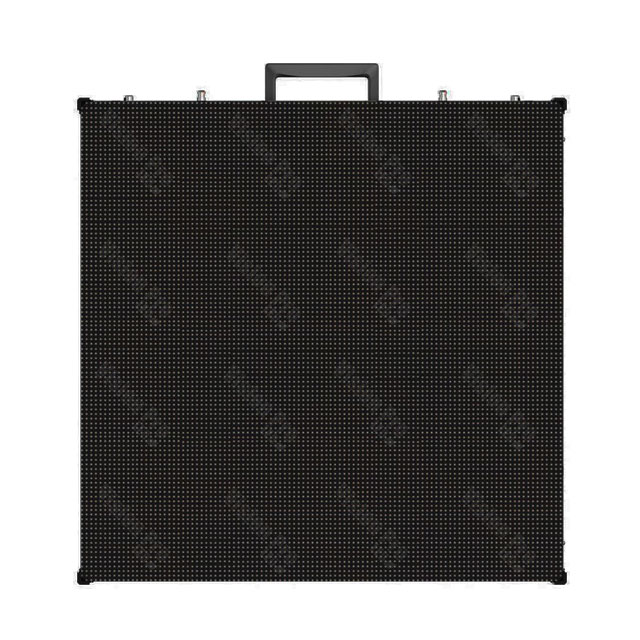LED display screen suppliers understand that it is impossible to choose the perfect advertising LED screen if we do not know the technical details. For this reason, the VisionLEDPro team has decided to publish tips and information that is easy to digest.

In relation to this, today we will talk about pixel pitch and brightness, two factors of vital importance for advertising LED display screens.
Pixel pitch:
The pixel pitch or pixel density is represented by a letter P followed by a number. This is what will define the resolution of the LED display and, consequently, the quality of the images.
In terms of advertising screens, each LED chip is equivalent to one pixel. The number that the pixel pitch carries is the distance between two consecutive pixels in millimeters, since the smaller the pixel pitch, the greater the concentration of LED chips per panel, and with this the resolution.
The result of a smaller pixel pitch will be a sharper and more defined image. However, investing in a smaller pixel pitch is not always the right answer. This factor will also depend on the viewing distance.
When the viewing distance is greater, the need for a smaller pixel pitch is reduced. This is because, at a distance, the millimeter separation of the LED chips is less noticeable and the images are appreciated in the same way with a higher pixel pitch. Consequently, the viewing distance should be considered before choosing the pixel pitch of your LED display.
Brightness: Optimal display at all times
Among the most influential factors we have the brightness. Imagine an outdoor screen that receives sunlight almost directly. If the brightness, calculated in luminance nits or candelas / m2, is not sufficient to counteract the ambient brightness, the image will be difficult or directly impossible to see.
The choice of brightness level will always be influenced by the ambient brightness, as is the case with the relationship between the pixel pitch and the viewing distance. The difference is that, unlike the viewing distance, the ambient brightness is a dynamic indicator that changes according to the hours of the day and the characteristics of the installation.
Fortunately there is a solution. Light sensors offer the ability to regulate brightness levels based on ambient conditions. This means that passersby will be able to see the images in the proper brightness, neither high nor low. This results in simplified management, where manually adjusting the brightness is not necessary. When choosing an LED screen, make sure that it is compatible and that the installation has a light sensor that efficiently regulates the brightness.
To get a good idea of the brightness level, indoor LED displays offer between 1,000 and 1,500 nits. For shop windows that receive ambient light, the acceptable minimum is 4,500 nits to ensure optimal viewing.
Dominating LED displays in advertising
The future of advertising lies in LED displays, a fantastic technology that moves in only one direction: forward. At VisionLEDPro, we firmly believe in the potential of advertising screens to transmit innovation, captivate and transmit strong messages to mass audiences.
But we are not alone. Our customers are not only deeply satisfied with the product and its effects on billing, but they are also convinced of the long-term potential that the application of this technology has in advertising.
By continuing to use the site you agree to our privacy policy Terms and Conditions.